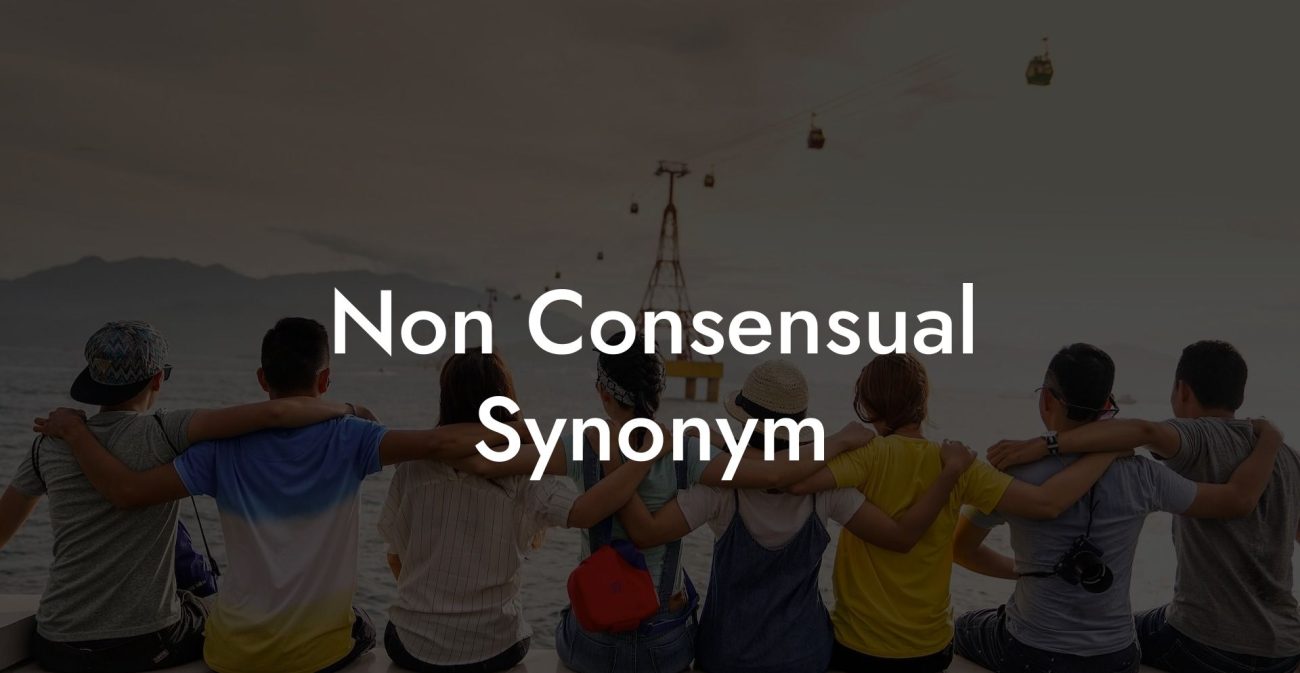Navigating the dating and relationship world can be a bit overwhelming, especially with the myriad of terms and definitions to grasp. One of the popular terms you may have come across is a non-exclusive relationship. In this comprehensive guide, we will delve into the non-exclusive relationship definition and everything you need to know about this modern approach to connection.
Non Exclusive Relationship Definition Table of Contents
What is a Non-Exclusive Relationship?
What is a Non-Exclusive Relationship?
A non-exclusive relationship is an arrangement where both partners involved agree to see and date other people while still being together. It is based on the mutual understanding that the relationship is not monogamous, and both parties have the liberty to explore other romantic and sexual connections.
Non-Exclusive vs. Open Relationship
Often, the terms non-exclusive relationship and open relationship are used interchangeably. However, there are subtle differences between the two.
- A non-exclusive relationship involves people dating multiple partners simultaneously without any formal commitment or expectations.
- An open relationship typically refers to a committed, long-term partnership wherein the participants agree to engage in sexual or romantic experiences with other people.
While both arrangements are non-monogamous, the level of commitment and expectations usually differ.
Why Choose a Non-Exclusive Relationship?
There are a variety of reasons why individuals may prefer a non-exclusive relationship over monogamous relationships and commitments. Some of these reasons include:
- Personal freedom: Non-exclusive relationships offer more freedom to explore one’s desires, interests, and experiences without feeling restricted by the confines of a monogamous partnership.
- Reduced pressure: These relationships tend to be less demanding, as there are no expectations for exclusivity or long-term commitment. This allows for a more relaxed and casual approach to dating.
- Experimentation and growth: Engaging in different relationships or encounters can provide valuable lessons and personal growth, helping individuals better understand their preferences and needs.
Challenges of Non-Exclusive Relationships
While non-exclusive relationships have their benefits, they also come with a unique set of challenges:
- Communication: Maintaining honesty and open communication is crucial to prevent misunderstandings and conflicts. Both partners need to be clear about the boundaries and expectations in the relationship.
- Jealousy and insecurity: It's common for emotions like jealousy and insecurity to arise. Acknowledging and addressing these emotions are essential for maintaining a healthy relationship.
- Managing multiple connections: Juggling multiple relationships can be time-consuming and may lead to burnout. It's essential to strike a balance and prioritize self-care alongside relationship responsibilities.
Non Exclusive Relationship Definition Example:
Imagine Sara and Ben, two individuals who have recently met through mutual friends and started dating. They both have busy careers and enjoy their independence. They also appreciate the connections they share with other friends and acquaintances. Therefore, they decide to establish a non-exclusive relationship, allowing each person to continue pursuing other relationships while still enjoying the emotional and physical connection they have with each other.
In a world where relationship dynamics are continuously evolving, understanding concepts like non-exclusive relationships is crucial. We hope this detailed guide has helped clarify the non-exclusive relationship definition and provided valuable insights. Please share this post with anyone who might benefit from learning about non-exclusive relationships, and be sure to explore our other guides here on The Monogamy Experiment.













